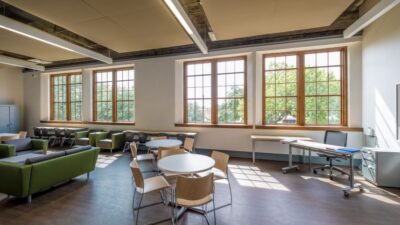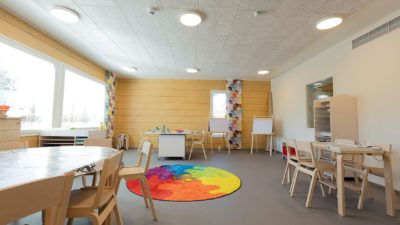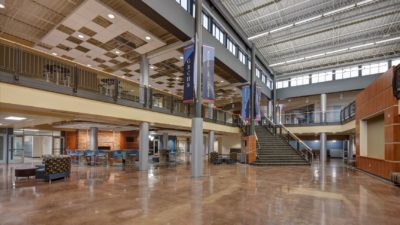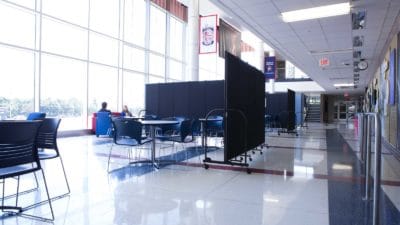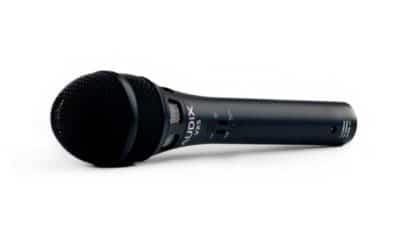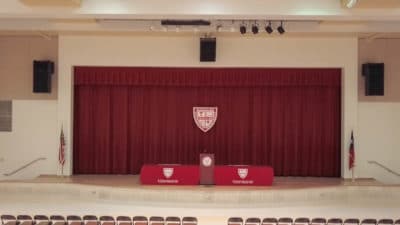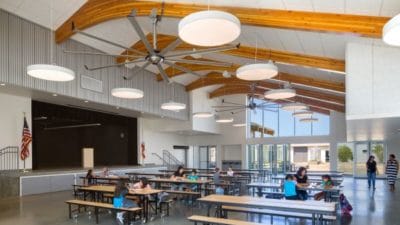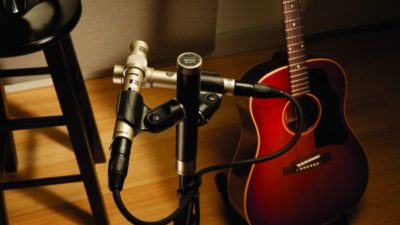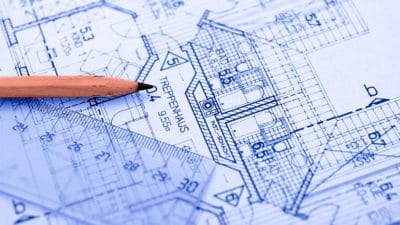school acoustics
School acoustics is important to the students and teachers. Creating sound that is easy to understand is difficult in the school environment. Many factors influence acoustics in a school. Read about school acoustics and how to improve acoustics in your school.
Enhancing Communication: The Role of Acoustics and Modern PA Systems
In the bustling environment of Christian primary and secondary schools, clear and effective communication is paramount. Whether it’s calling students to assembly, relaying important announcements, or addressing emergency situations, the role of acoustics and Public Address (PA) systems cannot be understated. Today’s advancements in audio technology offer unparalleled opportunities to create seamless communication experiences
Acoustics in Schools
By Zac Morton The primary function of a school is to provide an optimum environment where teachers can communicate with students. In fact, up to 60 percent of classroom activities involve oral communications between teachers and students or between students. Speech intelligibility is critical in schools. But, very often, acoustic design is overlooked, and
The Value of a Sound Education
Our kids deserve a sound education, and classroom acoustics can help. School buildings should be designed to help students, teachers, and administrators achieve positive learning outcomes. Proper acoustics play an important role in reaching students. The way a student learns depends on what they hear and how they hear it. Schools face unique challenges
Classroom Soundproofing: How Noise Affects Learning
Today’s kids are bombarded with distractions from the moment they get up in the morning to the moment they fall asleep at night. We like to blame devices, video games, and the unlimited access to a myriad of shows and movies that come along with the numerous streaming services many of us subscribe to.
Clearly Hearing the Word
By John Calder In the beginning was the Word… It was followed many years later by the realization that room acoustics affect listeners’ ability to clearly hear spoken words. Christian schools, houses of worship and meeting rooms have progressed over many centuries from caves to cathedrals, from small groups to mega-churches and large educational
Acoustics and LEED for Schools
By Quincey Smail When most people hear about the Acoustic Standards in the LEED for Schools Rating System (LEED v4), their eyes start to glaze over like a pair of day-old Krispy Kremes. With over 30 pages of detailed acoustical design criteria, the ANSI Standards are a force to be reckoned with. What are
Flexible Design for Multipurpose Spaces
By Julie Wenckowski As schools are moving towards a more holistic approach to learning, creating flexible spaces that accommodate a variety of pedagogical learning styles has become a critical design element. Schools are removing sterile and cold spaces like cafeterias and large hallways and transforming them into flexible, functional spaces. Here are a few
Proper Mic Technique Is Crucial to Your Sound
By Ed Hansen Microphone technique is an often overlooked but vital part of vocalist’s skill set. A little knowledge put into practice can greatly improve the quality of performances and there are some simple ways to improve your microphone technique. You should hold the mic firmly, but not in a death grip. This will
Upgrading Your Auditorium
Founded at the dawn of the 20th century, St. Thomas High School is the oldest college preparatory high school in Texas. The campus, ranked by the Houston Press as one of the city’s most architecturally beautiful, spans multiple interconnected buildings, including Cemo Auditorium, built in 2002 and recently treated to an AV systems upgrade. The
Identifying Effective Design Trends for School Multipurpose Halls
Pre-K–12 education has become far more sophisticated over the years, and with that has come the need to re-evaluate how school design must evolve to keep up with the current curriculum. There is a greater emphasis on student collaboration and creativity today, and technology has become a standard part of every learning environment. Many elementary,
Getting Started Recording A School Group
The first steps for recording your group should be planning and organizing. The reason some recordings are not good has nothing to do with equipment; it’s poor planning and poor mic placement. You can’t decide an hour before a rehearsal that you’re going to do a recording and put mics up and hit record. You
Improving Intelligibility in the Classroom
By Andrew Glasmacher The quest for clear intelligibility in public speaking environments has been around for thousands of years. Modern technology has allowed us to create public-address systems that can cover thousands of arenas, stadiums, even Times Square. Audio engineers spend years learning to tune their systems to provide the best possible intelligibility with a
Miking Actors on a Theater Stage
By Bruce Bartlett Plays and musicals are a serious challenge for the sound engineer. In these situations, it’s hard to get enough gain before feedback and to reproduce a natural sound. One reason is that some actors do not project well. Also, sound reflections from the floor can color the tone quality and give a
Designing a Room with Sound in Mind
By Andrew Glasmacher Architects work with their clients to make sure their needs are met in a contemporary and tasteful way. Building designs can go from simple and utilitarian to grand and ornate, depending on budget and the client’s wishes. Designs often include decorative rock or brick surfaces, large plate or stained glass windows, hard-surface



